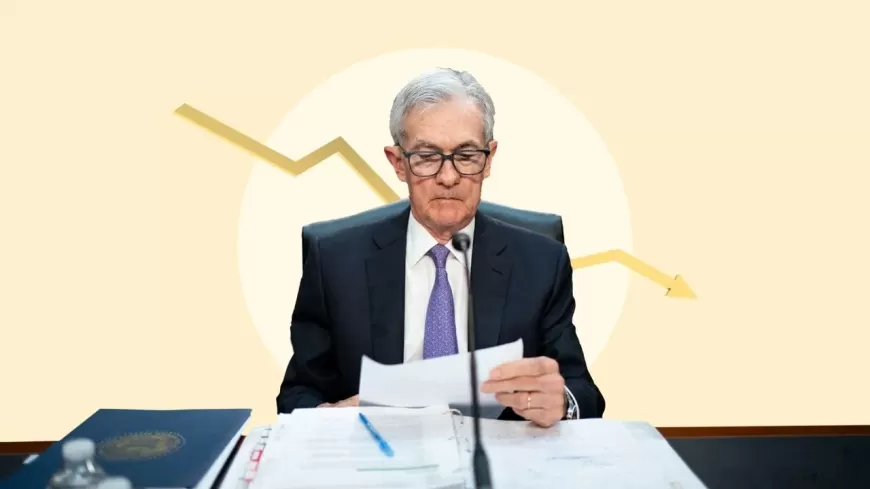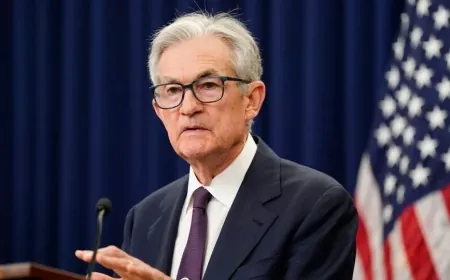Fed Prepares for Possible Interest Rate Cuts as Inflation Slows Down
The Federal Reserve signals possible interest rate cuts as inflation slows, potentially lowering borrowing costs and boosting the economy

The Federal Reserve is getting ready to potentially cut interest rates for the first time in over four years, as inflation continues to show signs of slowing. According to the latest data from the Commerce Department, prices increased by just 0.2% from June to July, a small rise compared to the 0.1% increase in the previous month. Year-over-year, inflation stayed steady at 2.5%, suggesting that price pressures are easing.
Many households have felt the pinch of higher costs, especially for essentials like gas, food, and housing. Even with inflation starting to cool down, the impact of these price increases is still being felt across the country.
When excluding more unpredictable costs such as food and energy, the core inflation rate—which is often used to predict future inflation trends—rose by 0.2% from June to July, unchanged from the month before. Annually, core prices were up by 2.6%, showing no change from the previous year's rate.
This latest data indicates that inflation is gradually decreasing after three tough years that have strained the finances of many families. Inflation had reached a peak of 7.1% in June 2022, the highest level seen in four decades.
The Federal Reserve closely watches the personal consumption expenditures (PCE) price index, which was released by the government last week. Unlike the more well-known consumer price index (CPI), the PCE index tries to account for how people adjust their spending habits when prices rise. For example, when inflation climbs, consumers might switch from more expensive national brands to more affordable store brands. Because of these adjustments, the PCE index often shows a lower inflation rate than the CPI. It also gives less weight to rent prices, which have been quite high recently.
Fed Chair Jerome Powell, in a recent speech, explained that the surge in inflation back in 2021 was caused by a combination of reduced supply due to pandemic disruptions and a spike in demand as people increased their spending, thanks in part to federal stimulus checks.
Now that inflation is cooling down, Powell has indicated that "the time has come" for the Fed to consider lowering its key interest rate. Economists expect at least a quarter-point cut from the current 5.3% rate at the Fed's upcoming meeting on September 17-18. Powell also emphasized that, with inflation under control, the central bank is now more focused on preventing any further weakening in the job market, especially since the unemployment rate has been rising for four consecutive months.
Lowering the Fed's interest rate would help reduce borrowing costs over time for consumers and businesses alike, affecting everything from mortgages to auto loans and credit cards. This could encourage more spending and investment, giving the economy a much-needed boost.
Meanwhile, consumer spending remains strong, supporting continued economic growth. The government recently revised its growth estimate for the second quarter of the year, raising it to an annual rate of 3%, up from the earlier estimate of 2.8%.
With inflation easing and the economy showing resilience, the Federal Reserve seems ready to adjust its policies. This move could lower borrowing costs and provide more financial stability for both households and businesses in the months ahead.
Also Read: Amazon Workers Set to Join Teamsters Strikes Over Unfair Labor Practices in the U.S.
































































